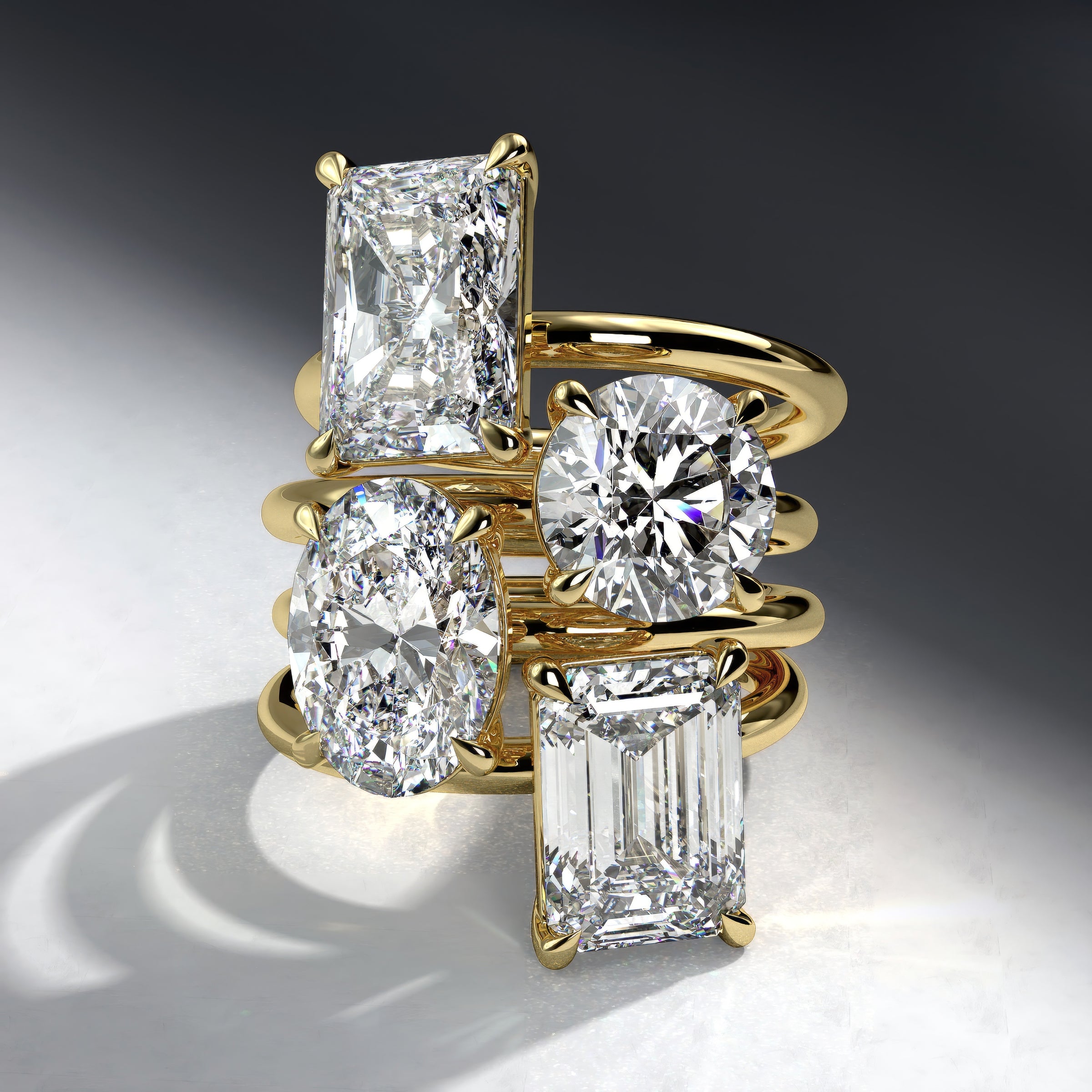what is a lab grown diamond?
A lab-grown diamond is a real diamond that is created in a controlled laboratory environment.
This is achieved by replicating the natural process that forms diamonds deep in the earth. Lab-grown diamonds are composed of pure carbon, and share identical chemical, physical, and optical properties to those of mined diamonds.










